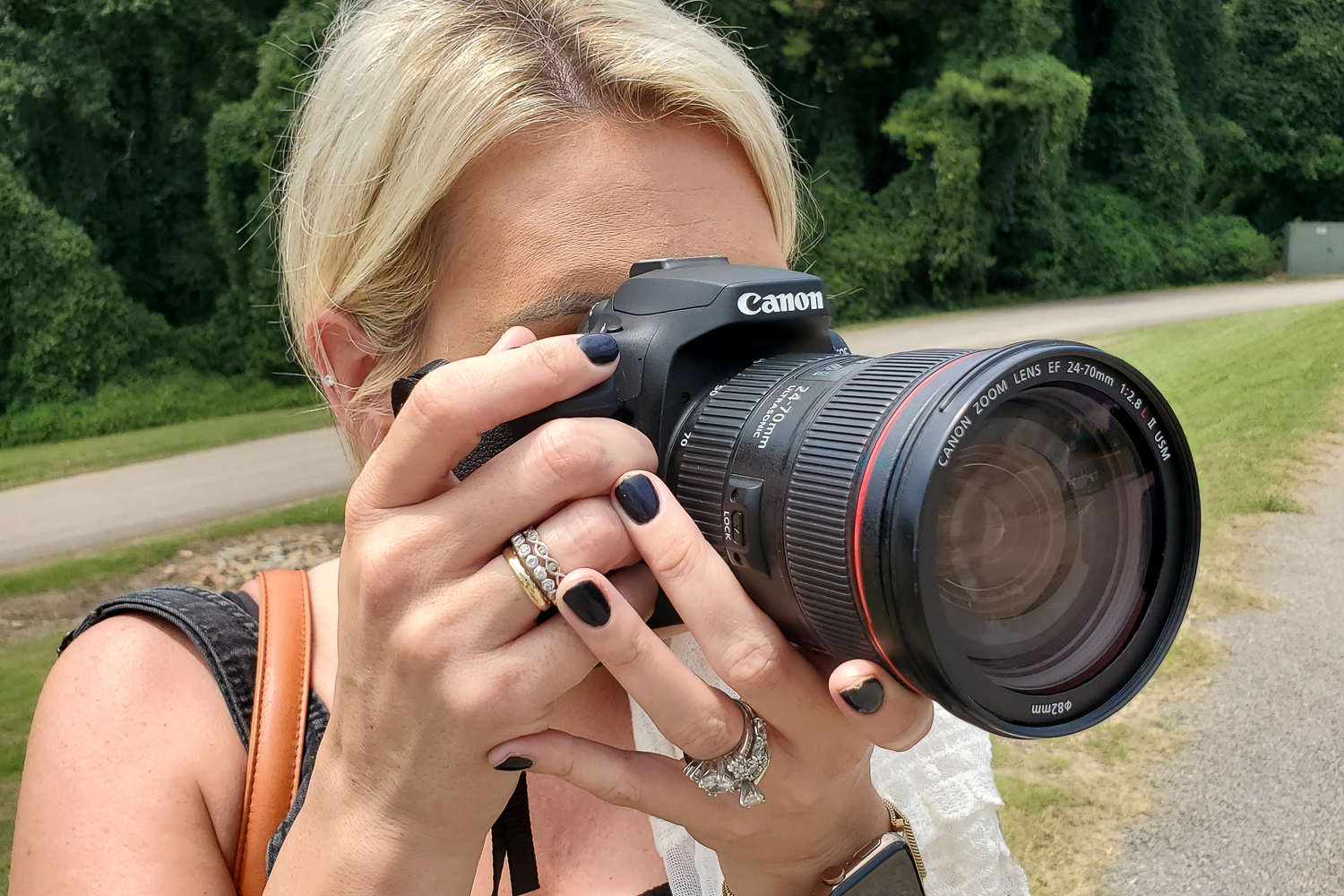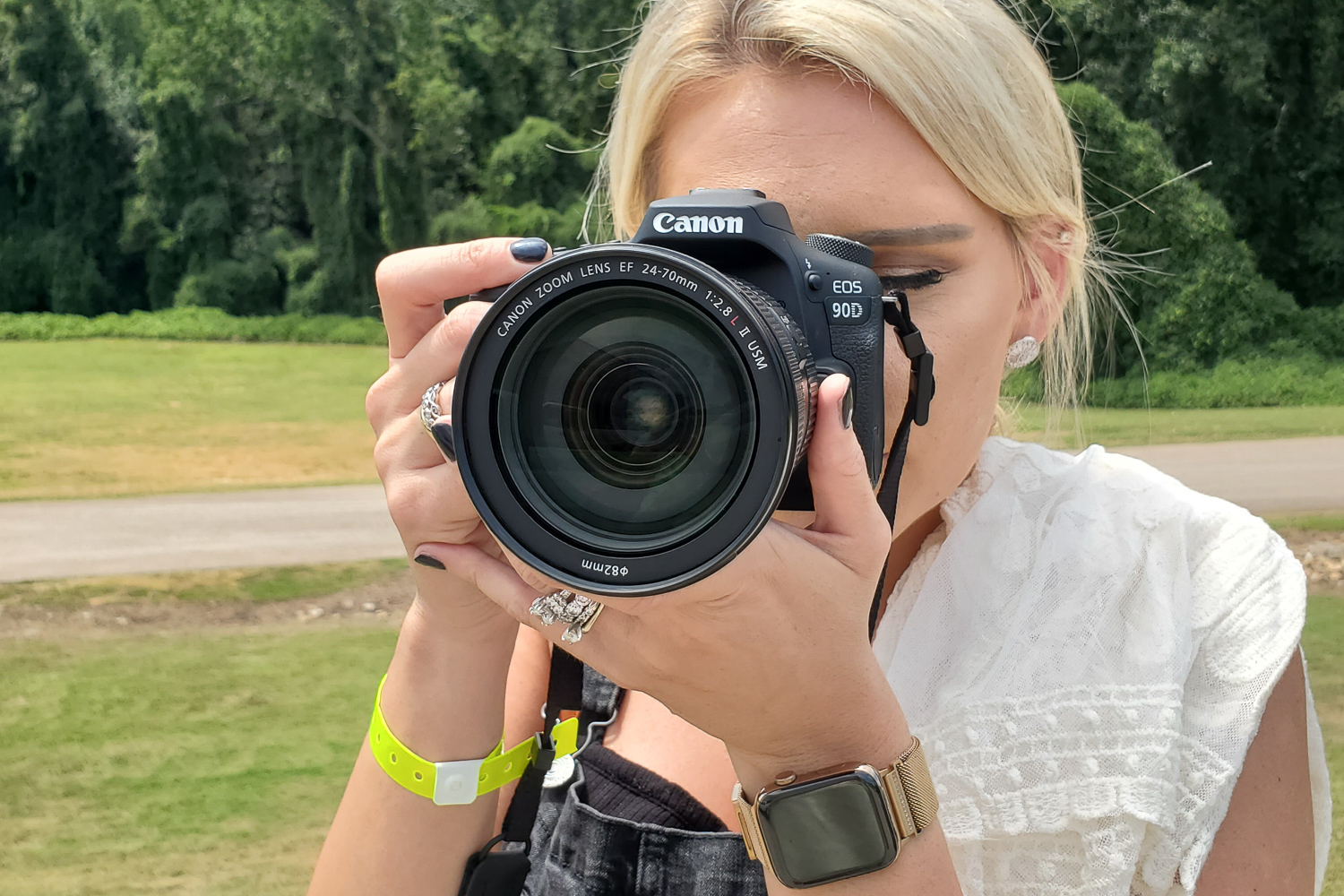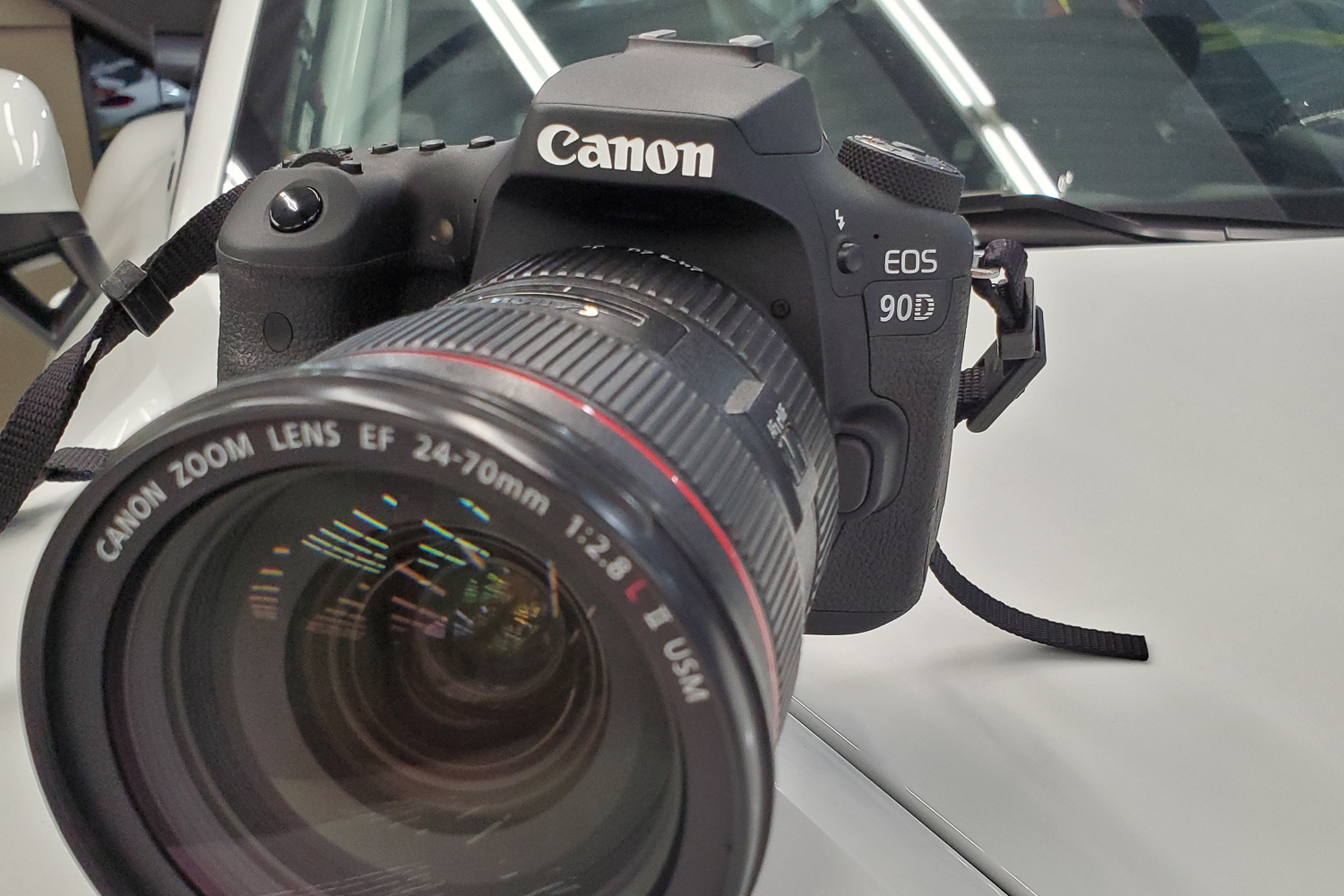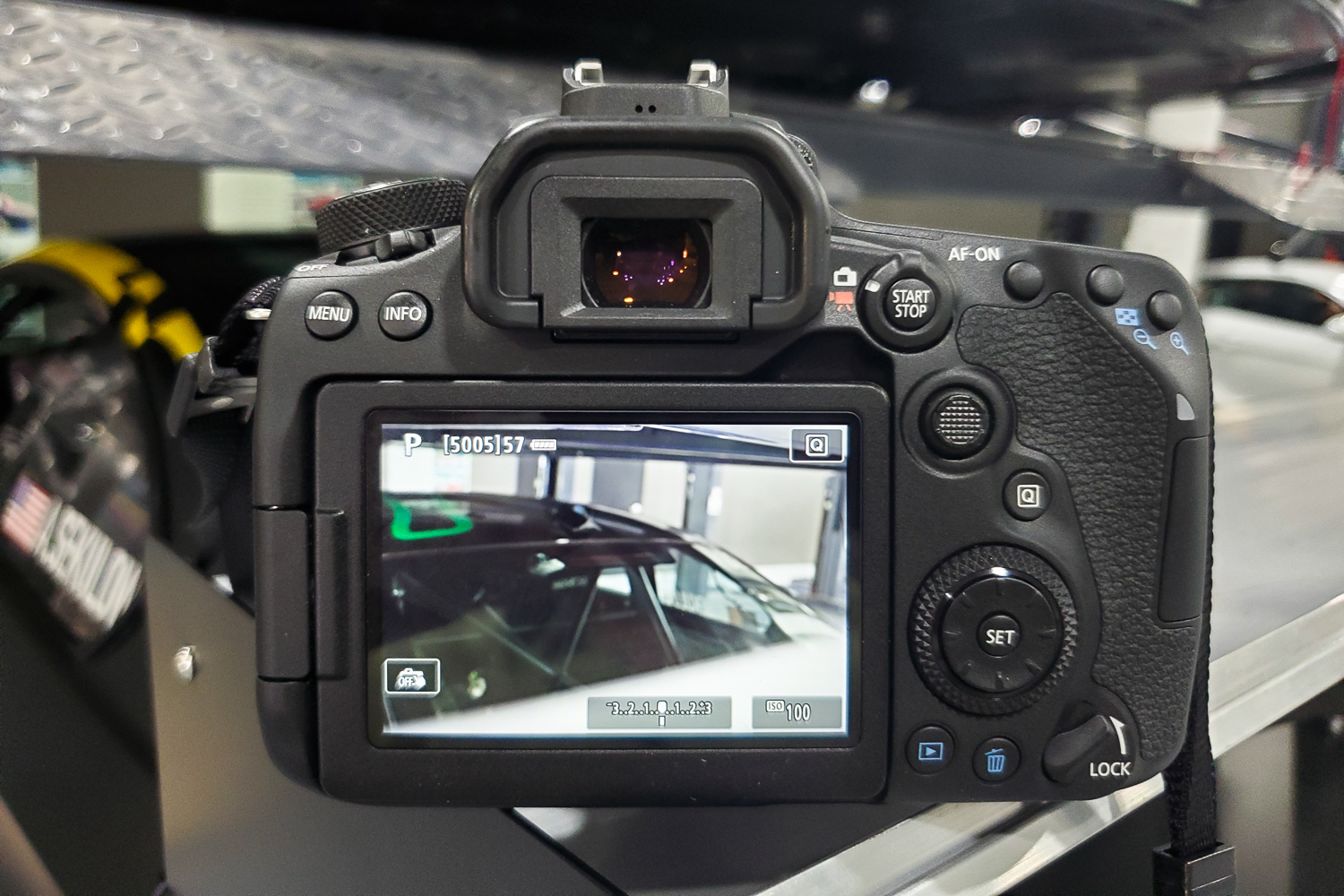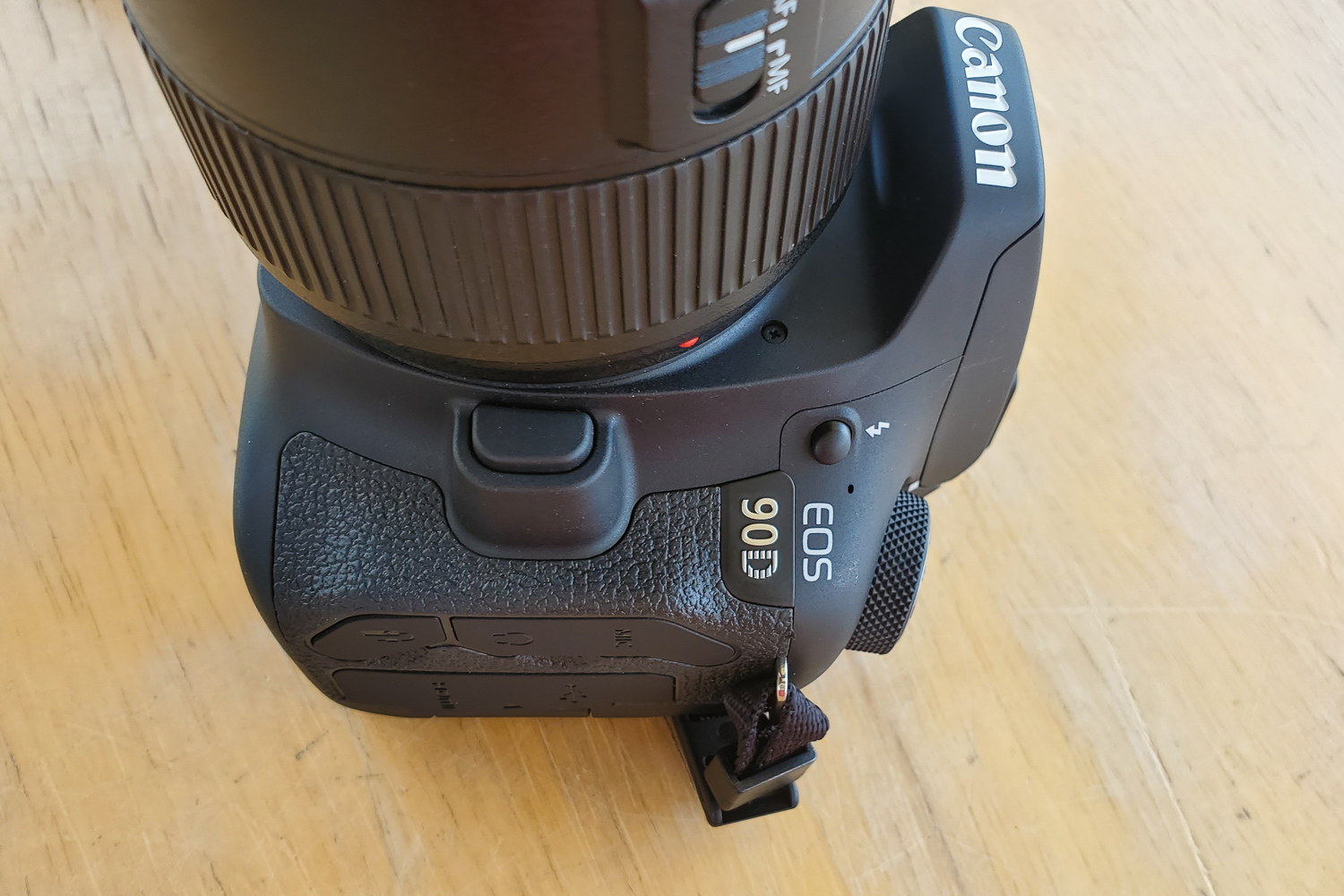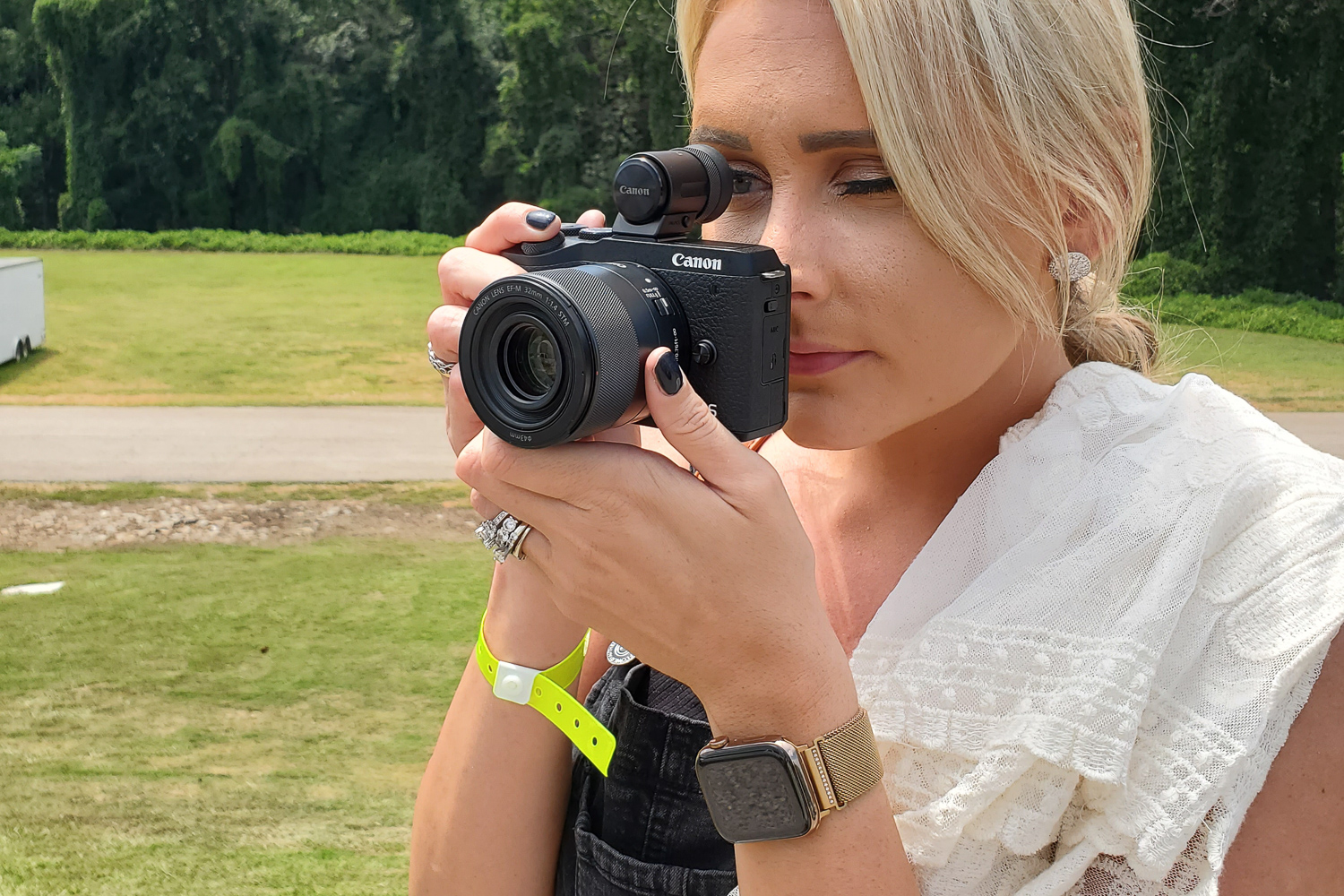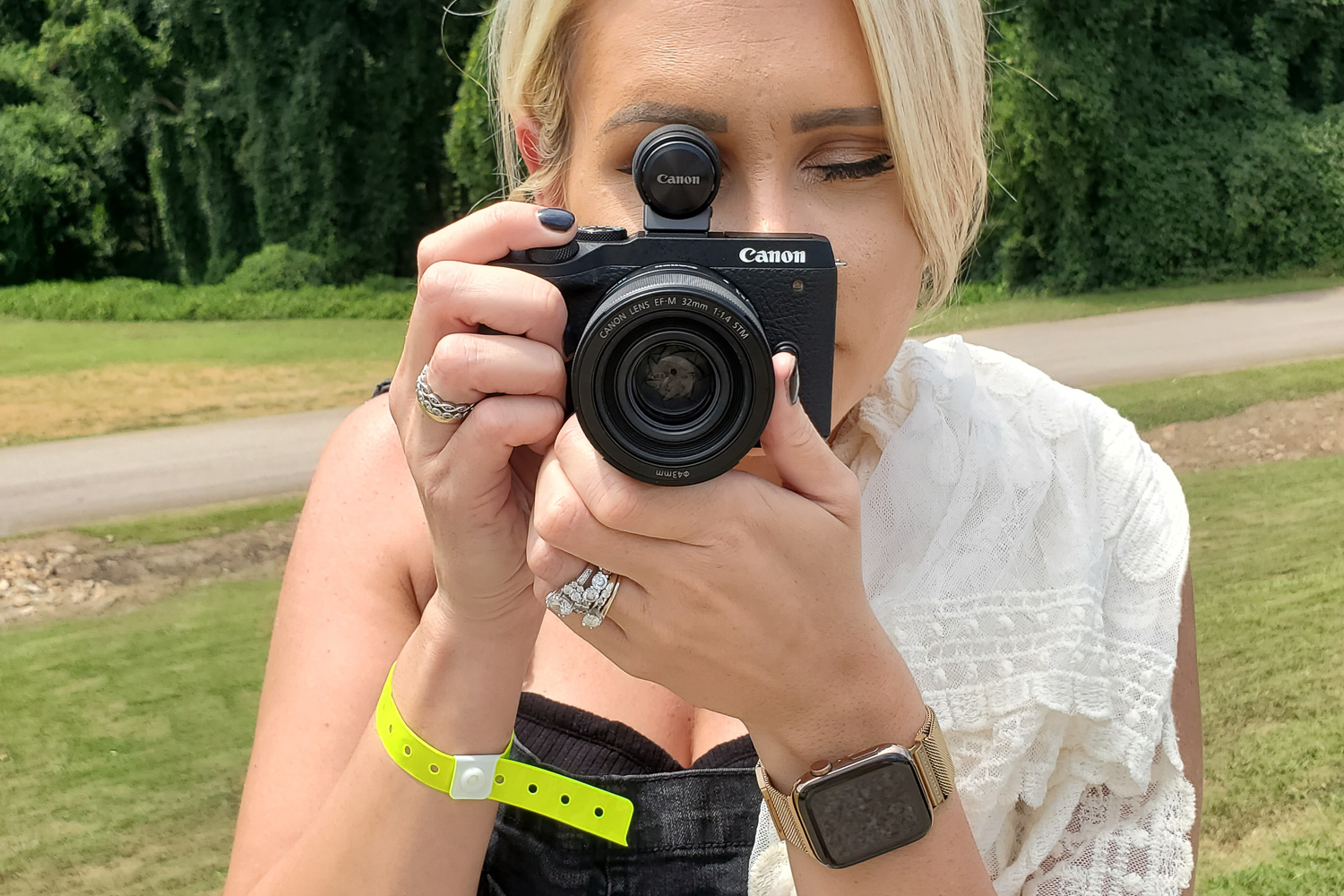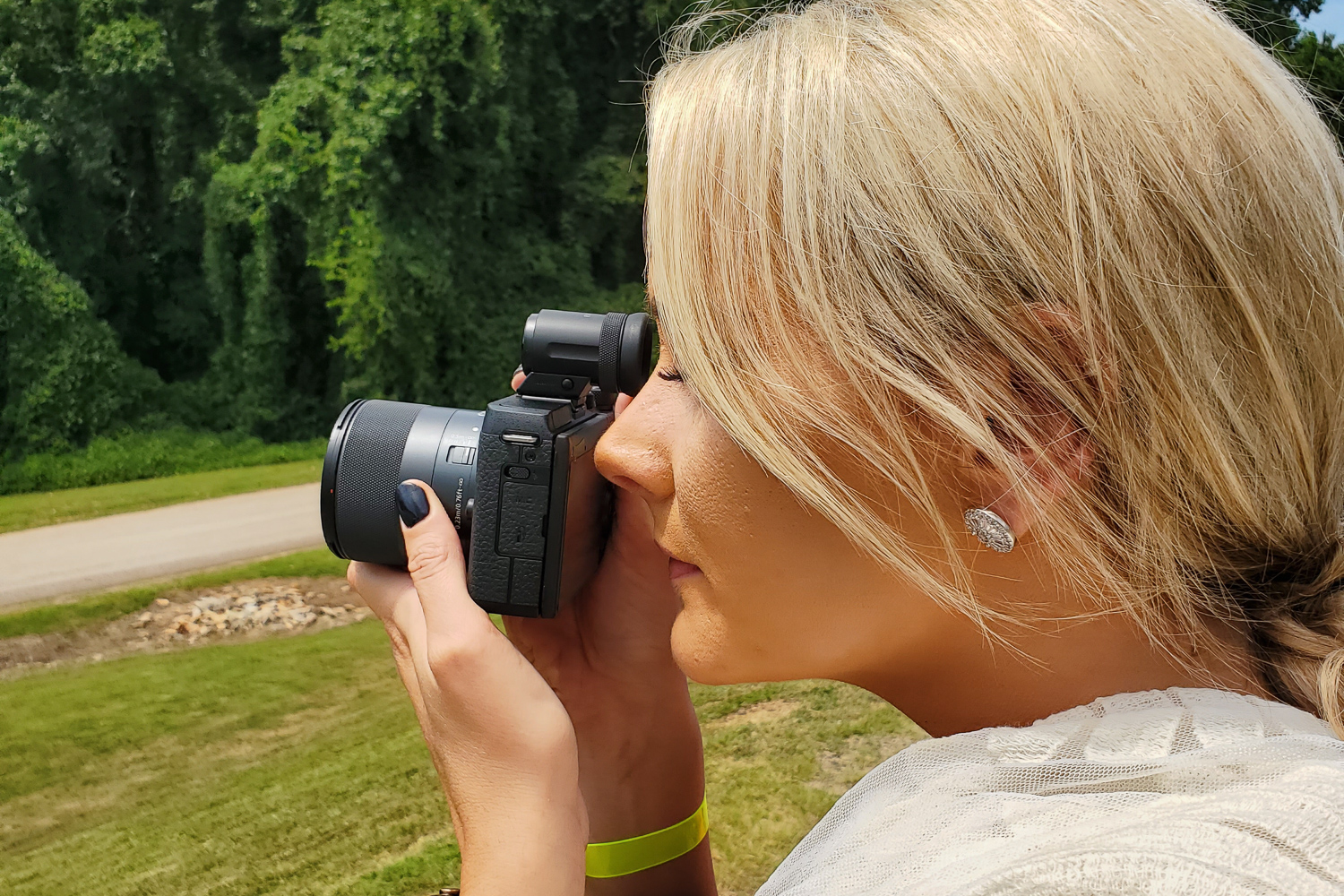Canon just announced much-awaited updates to its APS-C cameras in the form of the new EOS 90D DSLR and the mirrorless EOS M6 Mark II. At a press event, Canon executives dubbed them “basically twins,” since the two cameras’ technical innards are very similar. These are fraternal twins, though, and they look and feel very different.
Both use the same 32.5-megapixel APS-C sensor, up from 24.2MP for the older EOS 80D and M6. This is the highest-resolution we’ve yet seen at this sensor size. Paired with the new Digic 8 processor, continuous shooting speed increases to 10 frames per second for the 90D (up from 7 in the 80D), while the M6 Mark II hits 14 fps. Considering the extra megapixels, this is pretty impressive.
Video has jumped from Full HD to 4K in both cameras, and Dual Pixel Autofocus means fast and smooth focus in video. Both cameras also now have Eye AF, a feature that’s practically standard for a camera in 2019. The 90D’s viewfinder AF has also improved. It still uses 45 points, but they now cover more of the frame. Canon noted that the system is similar to that of the pro-level EOS 1DX Mark II and 7D Mark II.
Since high framerates are major selling points, we were given the opportunity to photograph motorsports, including drift cars, on a racetrack. The drift cars were especially cool since their main purpose seems to be to create billowing clouds of smoke and noise as they slide through corners.
Having not shot a on DSLR in some time, it was a bit of a shock using a camera with a mirror assembly versus the many mirrorless models we’ve tested more recently. The first impression was bulk and weight. The 90D is a classic enthusiast-type DSLR measuring 5.5 x 4.1 x 3 inches and weighing 25 ounces with battery and card. Next to the 4.7 x 2.8 x 2-inch, 14.4-ounce M6 Mark II, the difference is clear.
- 1. Canon EOS 90D
- 2. Canon EOS M6 Mark II
For a mirrorless camera, the M6 Mark II has a nice grip. There is a hot shoe for the optional EVF (electronic viewfinder), and we strongly suggest you buy it as part of the kit. The camera does feel very “plasticky,” but the control layout is good and the menu systems are simple.
There’s something to be said for classic DSLRs with their comfy grips, long battery life, and top-deck LCD readouts. They’re also better balanced with larger lenses, like the 70-200mm f/2.8 and 400mm prime we tested.
One of our biggest gripes with Canon’s EOS M system is the lack of lenses, and this is probably the biggest reason customers will choose the 90D over the M6 Mark II. You can use EF/EF-S glass with with an adapte, but that’s not ideal.
The 90D arrives in mid-September for $1,199 (body only) or $1,349 with the EF-S 18-55mm f/3.5-5 lens. The EOS M6 Mark II will be available in late September in black or silver for $849 (body only) or $1,099 with an EF-M 15-45mm f/3.5-6.3 IS STM kit lens and EVF-DC2 add-on viewfinder. We’ll have full reviews of each camera after we have a chance to spend more time with them. There’s also no word yet on an M5 Mark II.
